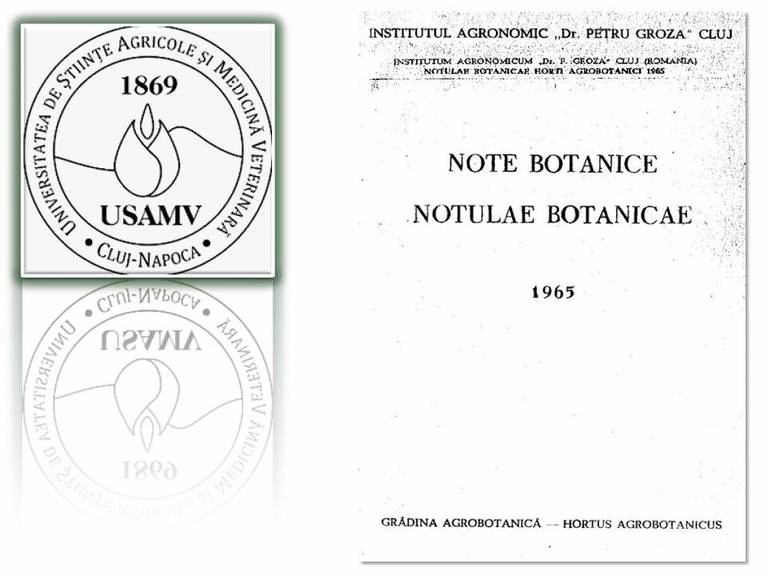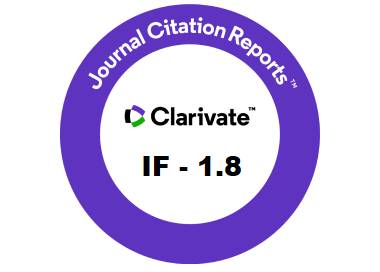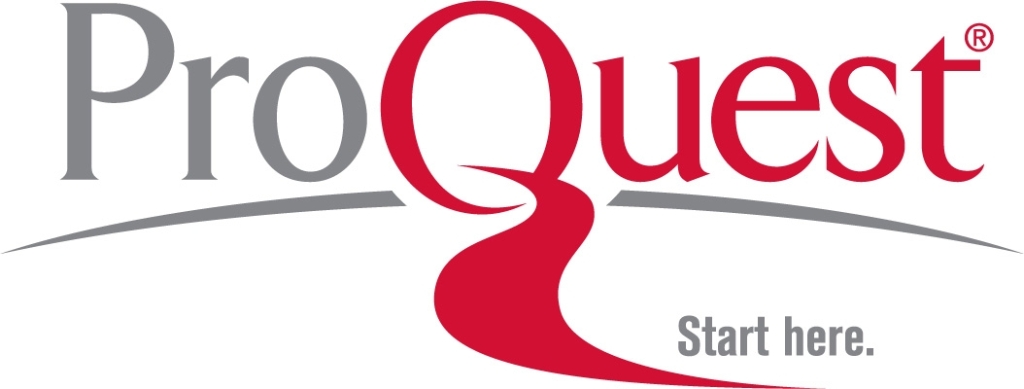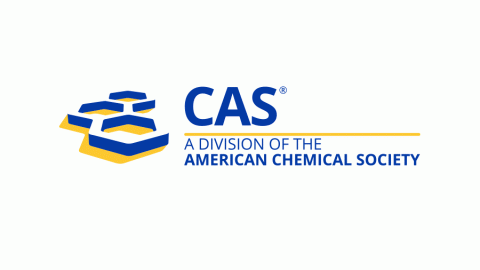Cutting Type and IBA Treatment Duration Affect Teucrium fruticans Adventitious Root Quality
DOI:
https://doi.org/10.15835/nbha4229611Keywords:
basal dip; growth regulators; Labiatae; native plants; rootingAbstract
Root development of stem cuttings of Silver Germander (Teucrium fruticans) was investigated in relation to cutting type and indole-3-butyric acid (IBA) treatment. Terminal cuttings of a clone grown in Sicily were trimmed to three types: terminal cuttings with apex (TWA), terminal cuttings without apex (TWOA) or sub-terminal cuttings (ST). To verify the cutting response to exogenous auxin, cuttings were dipped to a 2.0 cm depth in a 0.5% indole-3-butyric acid solution for 0, 5 or 7 minutes. Overall percent survival was 97 to 98%. Rooting percent, root number and root length were affected by cutting type and indole-3-butyric acid treatment. In general, TWA cuttings demonstrated a higher capacity to form roots than cuttings without apex (TWOA and ST cuttings). In absence of indole-3-butyric acid treatment, TWA and ST cuttings gave higher rooting percentages than TWOA cuttings. Exposing cuttings to indole-3-butyric acid improved percent rooting, number of roots per cutting and root length. The best results in terms of rooting percentage and root number per cuttings were obtained with TWA cuttings in combination with 7 min indole-3-butyric acid basal dip. However, cuttings taken farther down the stem, such as sub-terminal cuttings gave satisfactory rooting performance as well. We suggest that the use of all cutting types tested associated to indole-3-butyric acid basal dip for 5 or 7 min may be beneficial to propagators wishing to produce T. fruticans rooted cuttings with well-developed root system.
Downloads
Published
How to Cite
Issue
Section
License
Copyright (c) 2014 Leo SABATINO, Fabio D’ANNA, Giovanni IAPICHINO

This work is licensed under a Creative Commons Attribution 4.0 International License.
License:

Open Access Journal:
The journal allows the author(s) to retain publishing rights without restriction. Users are allowed to read, download, copy, distribute, print, search, or link to the full texts of the articles, or use them for any other lawful purpose, without asking prior permission from the publisher or the author.











.png)







